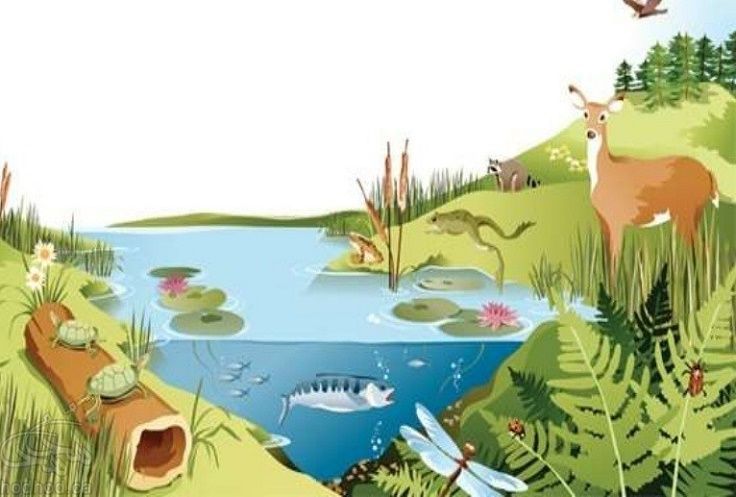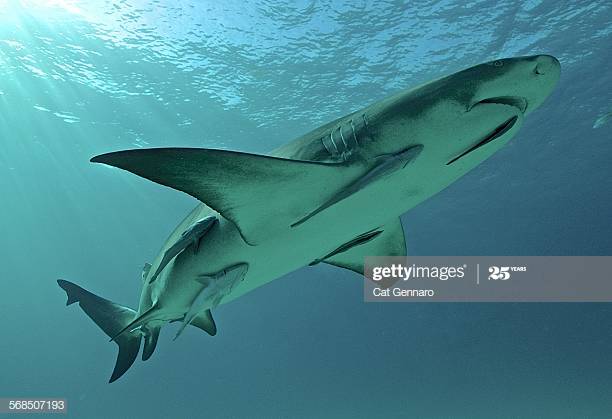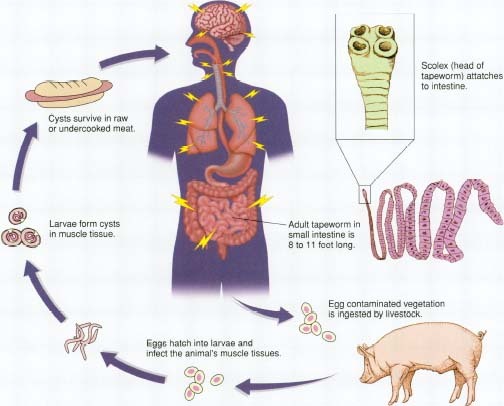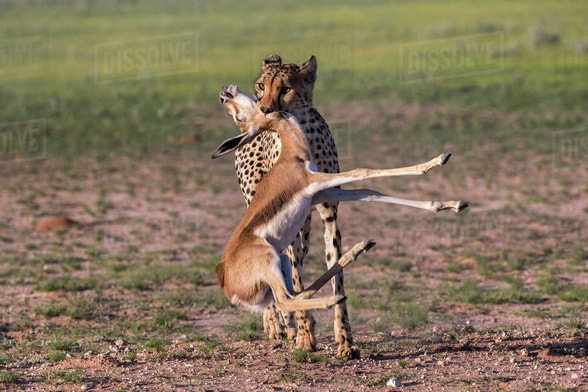Back to: BIOLOGY SS2
Welcome to Class !!
We are eager to have you join us !!
In today’s Biology class, We will be learning about Ecological Management and Tolerance. We hope you enjoy the class!
CONTENT
- Biological Association
- Tolerance
- Tolerance Range
- Geographic Range

Biological Association
In a community, there exist different kinds of biological associations between organisms of different species. Some of these biological associations are beneficial, some are neutral while others are harmful.
Types of Associations
Symbiosis
Definition: This is a close association between two organisms in which one or both of them benefit from each other. Symbiosis is a beneficial association and each member is called a symbiont. This association can be further divided into 1. Mutualism 2. Commensalism
Mutualism
Mutualism is the association between two organisms in which both of them benefit from each other.
Examples of mutualism include Algae and fungi in lichen; Protozoa in the intestine of termites; Nitrogen-fixing bacteria in the root nodules of leguminous plants; Bacteria in the rumen of ruminants.
Evaluation
- Mention five different types of biological associations.
- What is mutualism?
Commensalism
Commensalism is a relationship between two organisms of different species, in which one (commensal) benefits while the other (host) neither gains nor loses.
Examples of Commensalism
Remora fish and the shark, oyster and crab, man and intestinal bacteria

Parasitism
Parasitism is a close association between two organisms in which one, known as the parasite, lives in or on the body of another; the host, deriving benefits from and causing harm to it while the host loses in the process. The parasite benefits from the association while the host usually suffers harm or may die.
Examples of Parasitism
Man and the tapeworm: Mistletoe and flowering plant:

Competition
Competition involves the interactions among two organisms of the same or different species in which one outgrows the other and survives.
Competition is often based on limited environmental resources which can be in short supply such as food, water, nutrients, gases, light and space. During a competition, one organism controls one or more of these resources which enable it to grow and survive while the other neither grow nor survive leading to its elimination.
When the competition is between members of the same species, it is called intraspecific competition while it is called interspecific competition if it is between members of different species.
Examples of Competitive Associations the (a) Flowering plants and grasses: flowering plants due to its size and numerous branches and leaves are capable of eliminating the grasses by depriving the grasses of nutrients, space and sunlight. The grasses may eventually be eliminated
Predation
Predation is a type of association between two organisms in which the predator kills the other, called the prey and directly feeds on it. The predator which is usually larger in size and always stronger than the prey benefits by deriving its food while the prey is completely eliminated.
Examples of Predation
The hawk and chicks of domestic fowls, the leopard and antelope, the lion and gazelle

Evaluation
- What is commensalism?
- Differentiate between parasitism and symbiosis.
Tolerance
Tolerance is the ability of living organisms to withstand a little unfavourable change in the environment which affect their survival. Abiotic factors play an important role in the distribution of living organisms in the various terrestrial and aquatic habitats of the world. Some of these factors include temperature, rainfall (availability of moisture), light intensity salinity and edaphic factors. Each of these factors occurs over a range in the various habitats.
Tolerance Range
Tolerance range is the range between the minimum and maximum limits to which organisms can tolerate certain changes in their environment so as to survive. Organisms can only live within certain minimum and maximum limits for each abiotic factors. The range between the upper and lower limits is known as the tolerance range for the factors. For example, for most animals, the minimum temperature limit is 0c while the maximum limit is 42cDeath occurs beyond this range.
Geographic Range
It refers to the areas where a species of an organism can only be found within the minimum and maximum limits of its tolerance. For example, the geographic range of the tropical rainforest is within the equator as a result of high rainfall and temperatures, whereas tropical rainforest cannot be found at the Northern and Southern poles because of low rainfall and temperature.
General Evaluation
- Define tolerance.
- Differentiate between a parasite and a commensal.
- State the two forms of parasitism.
- What is the tolerance range?
- Explain Geographic Range.
Weekend Assignment
- Lichens are made up of two organisms, they are A. algae and fungi B. algae and bacteria C. fungi and bacteria D. protozoa and algae.
- Bacteria in the rumen of ruminants is an association called A. symbiosis B. parasitism C. predation D. competition.
- The minimum temperature limit for most animals is A. 0oC B. -10oC C. 5oC D. -10oC.
- The following abiotic factors are responsible for geographical boundaries except A. Light intensity B. Rainfall C. Temperature D. Competition.
- An example of a plant parasite is A. venus B. mistletoe C. cactus D. xerophite
Theory
- Define a) mutualism b) commensalism c) predation
- Give an example each of the following above.
Reading Assignment: College Biology by idodo Umeh. Chapter 23, page 556-558
We have come to the end of this class. We do hope you enjoyed the class?
Should you have any further question, feel free to ask in the comment section below and trust us to respond as soon as possible.
In our next class, we will be learning about Adaptation. We are very much eager to meet you there.

yes I enjoy the class
yes I enjoy the class and l understand the topic🤩
🤩